- Furniture
- Living Room
- Sofas & Loveseats
- Accent Chairs
- Recliners
- Massage Chairs
- Coffee Tables
- End & Side Tables
- Ottomans
- Entertainment Centers & TV Stands
- Cabinets & Chests
- Bedroom
- Beds & Bed Frames
- Mattresses
- Nightstands
- Dressers & Chests
- Armoires & Wardrobes
- Makeup Vanities
- Jewelry Armoires
- Clothing & Closet Storage
- Bedding
- Kitchen & Dining
- Dining Room Sets
- Dining Tables
- Dining Chairs
- Bar Tables
- Bar Stools
- Kitchen Islands & Carts
- Sideboards, Cabinets & Buffets
- Outdoor
- Outdoor & Patio Furniture
- Patio Conversation Sets
- Outdoor Sectionals
- Patio Dining Sets
- Patio Dining Chairs
- Patio Tables
- Patio Bar Furniture
- Patio Rocking Chairs & Gliders
- Adirondack Chairs
- Outdoor Benches
- Porch Swings
- Hammocks
- Outdoor Chaise Lounges
- Beach & Lawn Chairs
- Outdoor Furniture Accessories
- Garden
- Raised Garden Beds
- Plant Stands
- Plant Supports
- Potting Benches & Tables
- Greenhouses
- Grow Tents
- Garden Tools
- Outdoor Grills
- Outdoor Decor
- Swimming Pools
- Outdoor Storage & Garages
- Sheds & Outdoor Storage
- Carports
- Garages
- Camping
- Camping Furniture
- Tents
- Coolers
- Air Mattresses & Sleeping Bags
- Kitchen
- Appliances
- Decor
- Bath
- Baby & Kids
- Toys & Hobbies
- Sports
- Pets
- Health & Beauty
- Sales & Deals
- LIVE

32 Pints 2000 Sq. Ft Dehumidifier for Home and Basements with 3-Color Digital Display
$143.00$159.00
Save $16 (10%)
5.5L Cool Mist Humidifiers with Remote Control and 12 Hours Timer
$79.00
180 Pints/Day Commercial Dehumidifier with Pump and Drain Hose
$649.00$810.00
Save $161 (19%)
- 2 Sizes
70/90 Pint 4500/6000 Sq. Ft Dehumidifier with Continuous and Auto Mode
$199.00$248.00
Save $49 (19%)
24 Pints 1500 Sq. ft Dehumidifier for Medium to Large Room with Indicator
$159.00
24 Pints 1500 Sq. ft Portable Dehumidifier For Medium To Large Spaces
$139.00$172.00
Save $33 (19%)
Portable Commercial Dehumidifier with Water Tank and Drainage Pipe
$499.00$751.00
Save $252 (33%)
1750 Sq. Ft 32 Pints Dehumidifier with Auto Defrost and 24H Timer Drain Hose
$139.00
60-Pint Dehumidifier with 3-Color Digital Display for Home 4000 Sq. Ft
$209.00$404.00
Save $195 (48%)
100-Pint Dehumidifier with Smart App and Alexa Control for Home and Basements
$289.00$526.00
Save $237 (45%)
4L Ultrasonic Humidifier with Essential Oil Diffuser and 2 Mist Levels
$45.00$112.00
Save $67 (59%)
180 PPD Commercial Dehumidifier with Pump Drain Hose and Wheels
$656.00$998.00
Save $342 (34%)
4500 Sq. Ft Dehumidifier with 5 Modes and 3-Color Indicator Light
$189.00$378.00
Save $189 (50%)
32 Pints/Day Portable Quiet Dehumidifier for Rooms up to 2500 Sq. Ft
$139.00$231.00
Save $92 (39%)
163 Pints Commercial Dehumidifier Crawl Space Dehumidifier with Pump and Drain Hose
$419.00$521.00
Save $102 (19%)
250 Pints Commercial Dehumidifier with Drain Hose Large Spaces up to 8500 Sq.Ft
$499.00$623.00
Save $124 (19%)
215 Pints 8000 Sq.Ft Commercial Dehumidifier For Home and Basement with 24H Timer
$459.00$573.00
Save $114 (19%)
Related Searches
Excess humidity in your home can lead to a host of problems, from mold growth to discomfort. A dehumidifier can be your ally in maintaining an optimal indoor environment, but choosing the right one requires careful consideration. In this buying guide, we'll delve into the essential factors to help you make an informed decision when purchasing a dehumidifier.
Determine Your Needs
Before you start browsing dehumidifiers, assess your specific requirements. Consider factors such as the size of the space you want to dehumidify, the relative humidity level, and any particular issues like musty odors or mold growth. This initial evaluation will guide your choice.
Capacity Matters
Dehumidifiers come in various sizes, typically rated by the amount of moisture they can remove per day, measured in pints. Smaller units are suitable for smaller spaces, while larger ones are better for more extensive areas. Match the capacity to your room size for optimal performance.
Understand Relative Humidity
Understanding the relative humidity (RH) level in your space is crucial. Ideal indoor RH falls between 30% and 50%. Invest in a hygrometer to measure the humidity accurately. This will help you determine the dehumidifier's capacity needed to reach your desired RH level.
Types of Dehumidifiers
There are two main types of dehumidifiers:
Refrigerant (Compressor) Dehumidifiers: These are suitable for most residential applications and operate by cooling the air to condense moisture, similar to how an air conditioner works.
Desiccant Dehumidifiers: Ideal for lower-temperature environments, desiccant dehumidifiers use a drying agent (silica gel) to absorb moisture. They work efficiently in colder climates.
Portability and Placement
Consider where you intend to place the dehumidifier. If you need to move it frequently between rooms, a portable unit with wheels and a handle is convenient. For fixed applications, such as basements, larger, stationary units are more suitable.
Energy Efficiency
Look for Energy Star certified dehumidifiers, which consume less electricity and can lead to significant energy savings over time. Energy-efficient models are not only eco-friendly but also cost-effective in the long run.
Noise Levels
Dehumidifiers can generate varying levels of noise. If you plan to use one in a bedroom or quiet living space, opt for a model with a lower decibel rating. Some units come with a "quiet mode" for nighttime use.
Drainage Options
Dehumidifiers typically collect water in a removable tank that requires emptying. However, some models offer continuous drainage options, allowing you to connect a hose for hassle-free, ongoing operation.
Additional Features
Modern dehumidifiers often come with advanced features, such as digital controls, timers, and air purification. These can enhance convenience and indoor air quality but may also increase the price.
Maintenance and Filter Replacement
Regular maintenance is essential to keep your dehumidifier working optimally. Check if the unit has washable or replaceable filters, and factor in these costs and efforts when making your decision.
In conclusion, a dehumidifier can greatly improve your indoor comfort and air quality. By understanding your needs and considering the factors mentioned above, you can select the perfect dehumidifier to create a healthier and more pleasant living environment for you and your family.
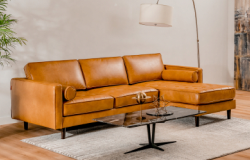
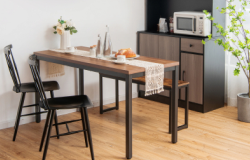
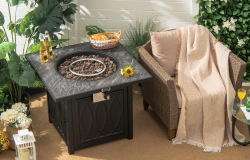
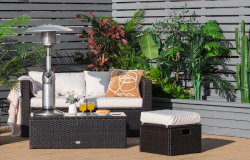
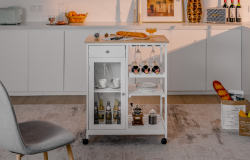
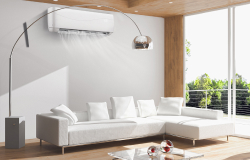

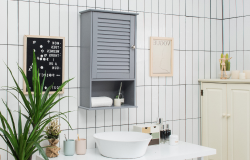
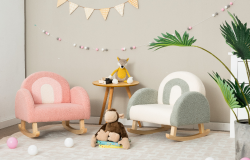
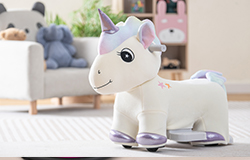
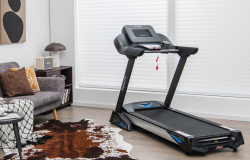
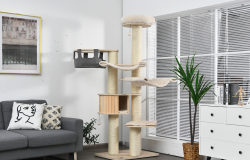
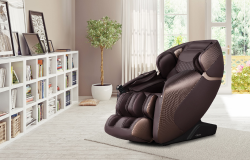



 Added to
Added to 








